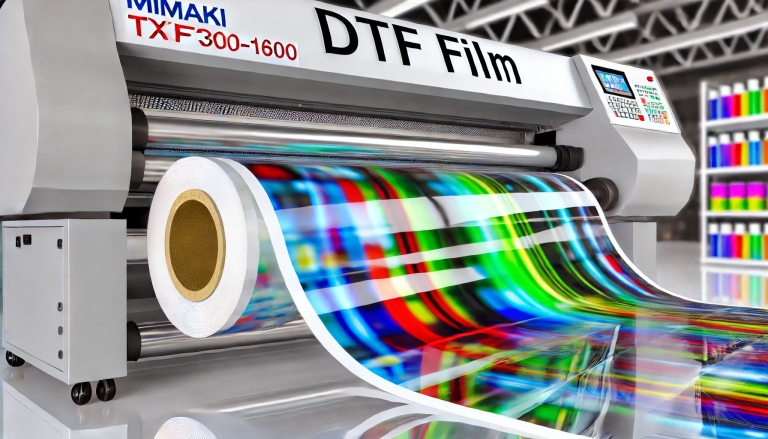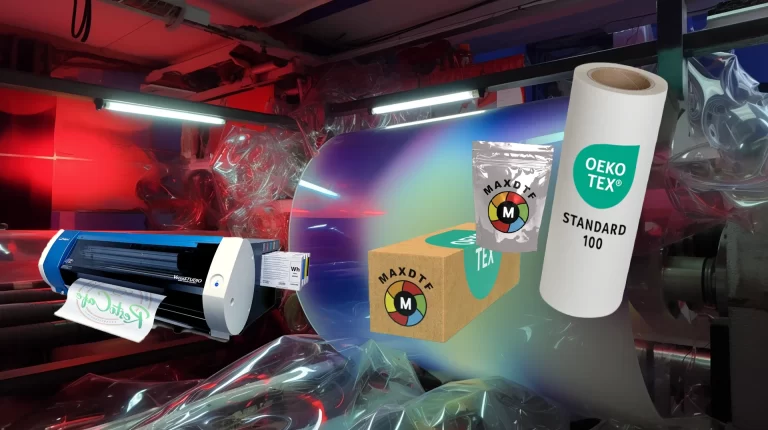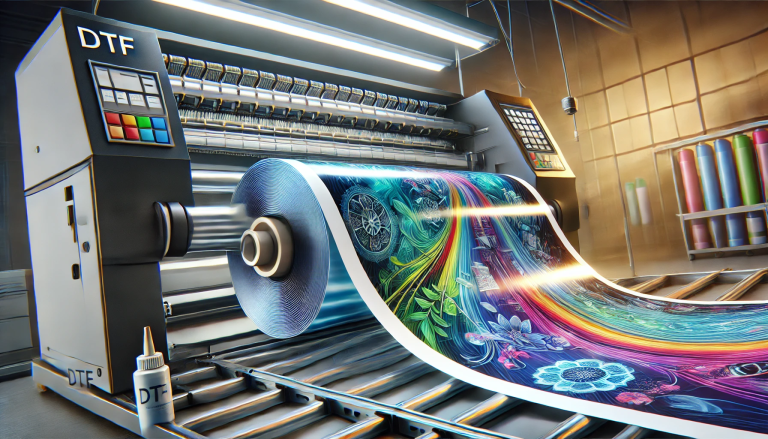“How to Do a Direct-to-Transfer Film with a Sublimation Printer” -MAXDTF- Direct Transfer UV DTF Film Manufacturer, UV DTF Printing Film Supplier, Made in China
Sublimation printing has revolutionized the textile and graphic design industries. At its core, sublimation involves the transformation of ink from a solid to a gas, bypassing the liquid phase. This process allows for designs to be permanently embedded into materials, such as fabrics, ceramics, or metals.
One popular method of sublimation printing is the “direct-to-transfer film.” This approach maximizes the quality and durability of the printed designs. In this blog post, we’ll walk you through the steps to successfully complete a direct-to-transfer film with a sublimation printer.
1. Choose Your Substrate
Before you start, decide on the substrate (material) you’ll be transferring the design onto. This could be polyester fabrics, ceramic mugs, metal sheets, or other suitable items. Ensure that your chosen substrate is compatible with sublimation printing.
2. Prepare Your Design
Using graphic software like Adobe Illustrator or CorelDRAW, create or import your design. Ensure it’s high resolution (at least 300 dpi) for best results. Additionally, invert or mirror the image, as it will be reversed when transferred onto the substrate.
3. Select the Right Transfer Film
Transfer films, often referred to as transfer papers, come in various types. For direct-to-transfer, you’ll want a film specifically designed for your substrate type and the heat press you’re using. Make sure it’s high-quality to ensure even ink distribution and no bleed.
4. Printing the Design
- Turn on your sublimation printer and let it warm up.
- Load the transfer film into the printer, ensuring it sits flat and without wrinkles.
- Send your design to the printer. Adjust the printer settings, if necessary, for the type of transfer film and ink you are using.
5. Pre-heat Your Heat Press
Set your heat press to the recommended temperature for your substrate. Most fabrics require a temperature setting between 380°F and 400°F (193°C – 204°C), but always refer to manufacturer guidelines.
6. Transfer the Design
- Place the printed transfer film face-down onto your substrate.
- Position it in the heat press, ensuring it’s aligned correctly and free of wrinkles.
- Press the substrate and transfer film together, applying the recommended pressure for your specific substrate (usually medium to high pressure).
- Hold it under pressure for the recommended time, typically between 30 seconds to a minute for most substrates.
7. Peel and Cool
After the recommended pressing time, carefully remove the substrate from the heat press. Gently peel away the transfer film while it’s still hot (for a hot peel) or wait until it cools (for a cold peel). The type of peel you use will depend on the transfer film’s specifications.
8. Inspect and Cure
Inspect the transferred design for any inconsistencies or imperfections. To further set the design and ensure its longevity, you can “cure” or “set” the item, usually by allowing it to air-dry or using specific post-press techniques.
Tips for Success:
- Test First: Before doing a full run, always test a sample to make sure your settings are correct.
- Maintenance: Regularly clean your sublimation printer and heat press to ensure consistent, high-quality transfers.
- Stay Updated: Technologies and techniques evolve, so keep an eye out for new developments in the world of sublimation printing.
Sublimation printing with direct-to-transfer film offers vibrant and long-lasting results. By following the steps outlined above and being meticulous in your approach, you can achieve professional-grade transfers every time. Whether you’re a hobbyist or run a printing business, mastering this technique can unlock a world of creative possibilities.





